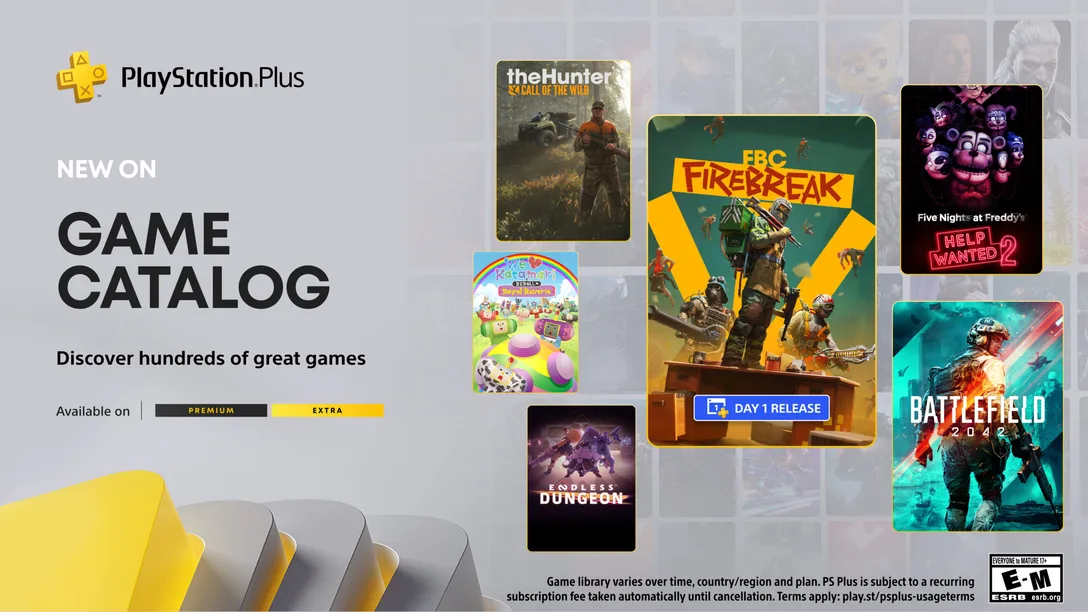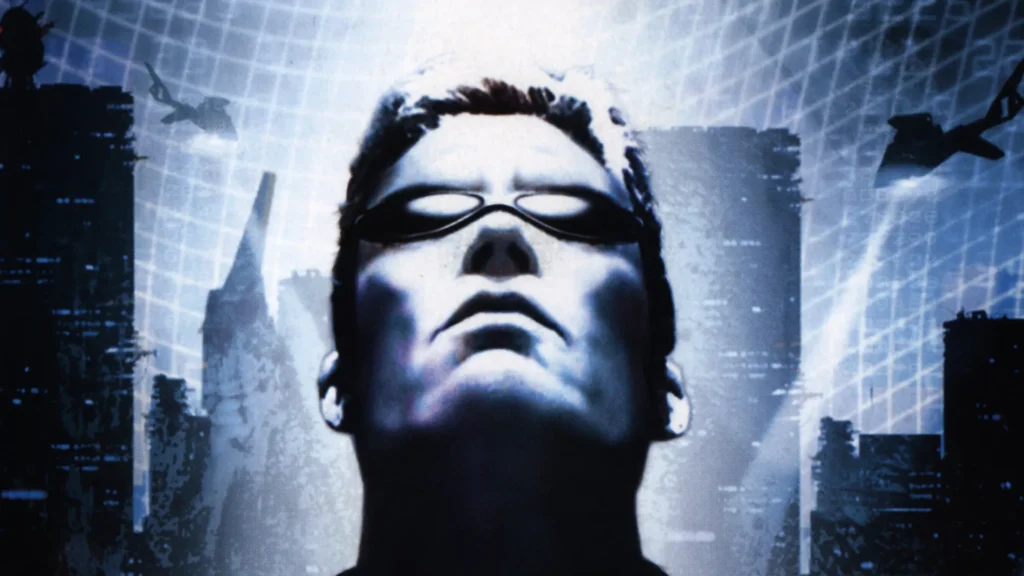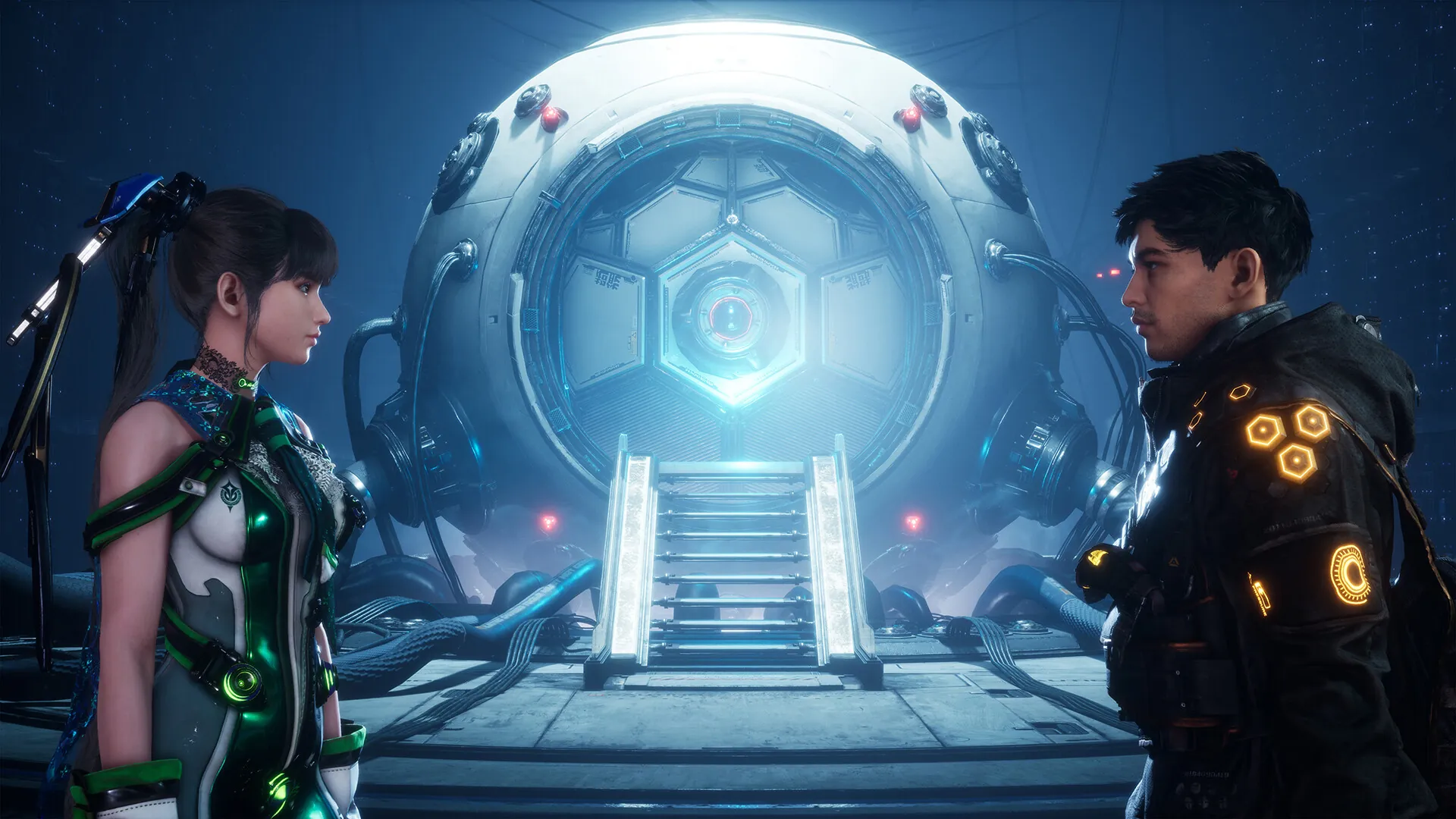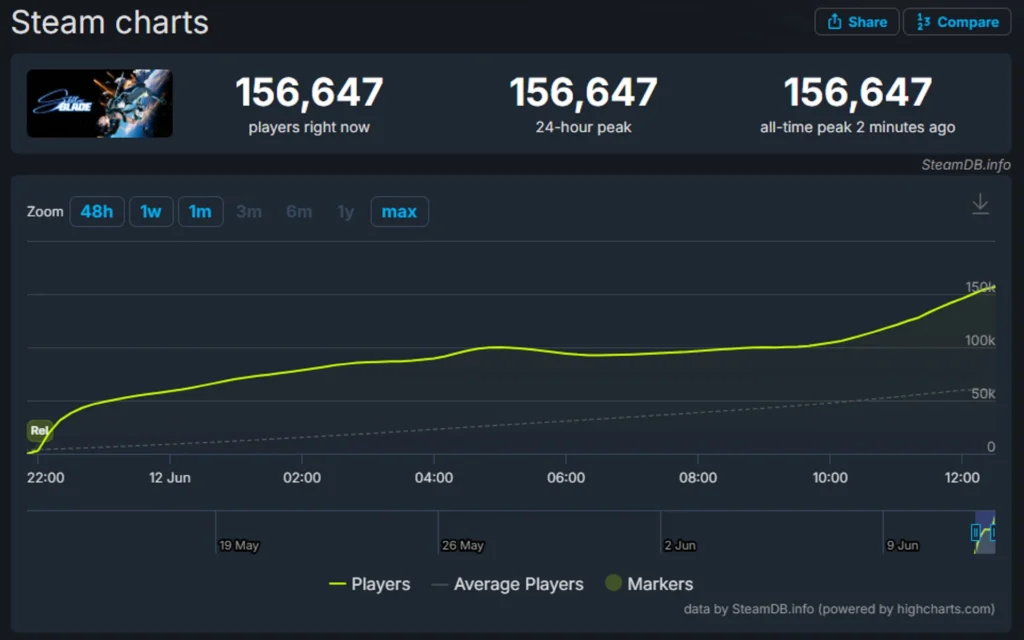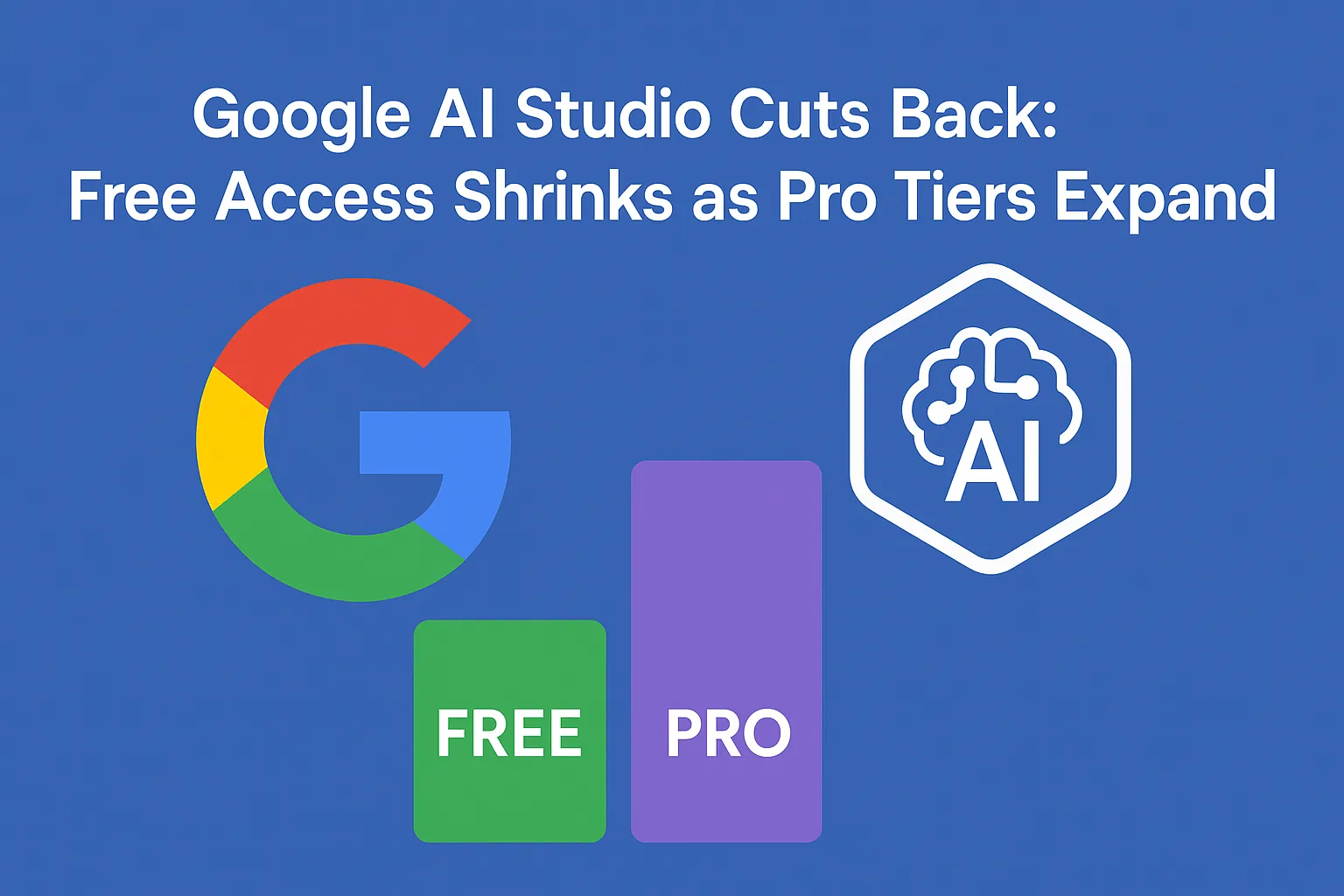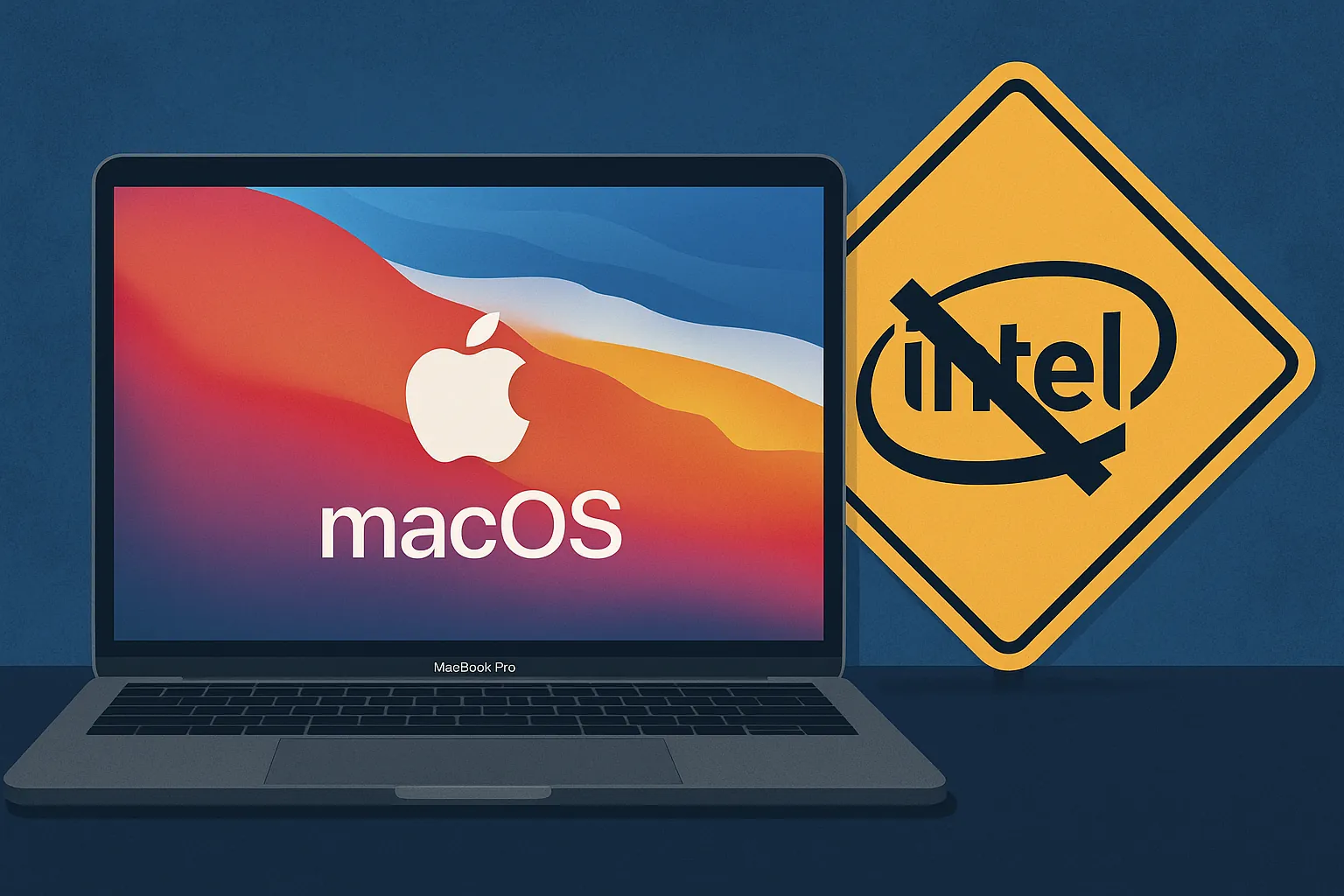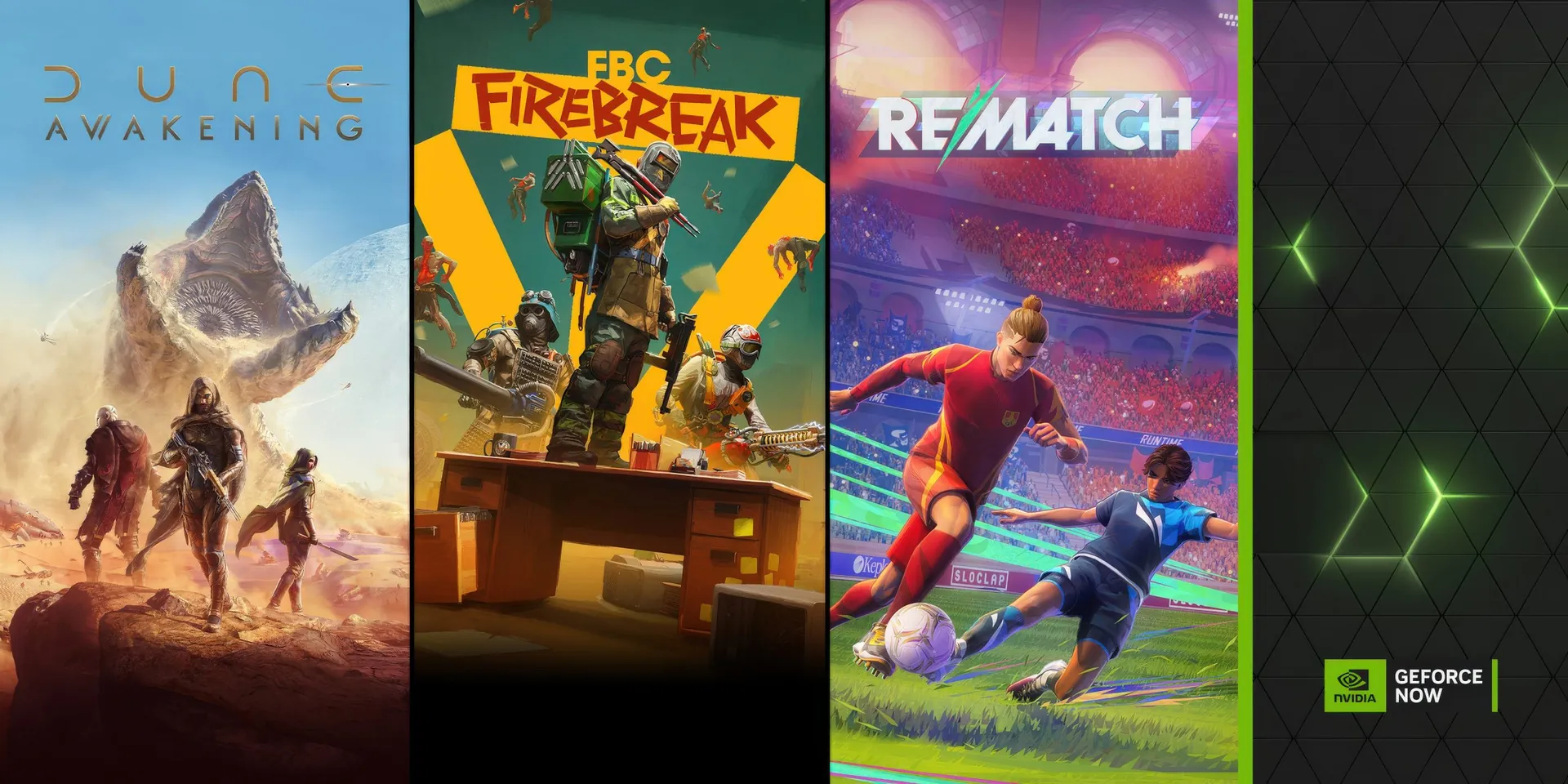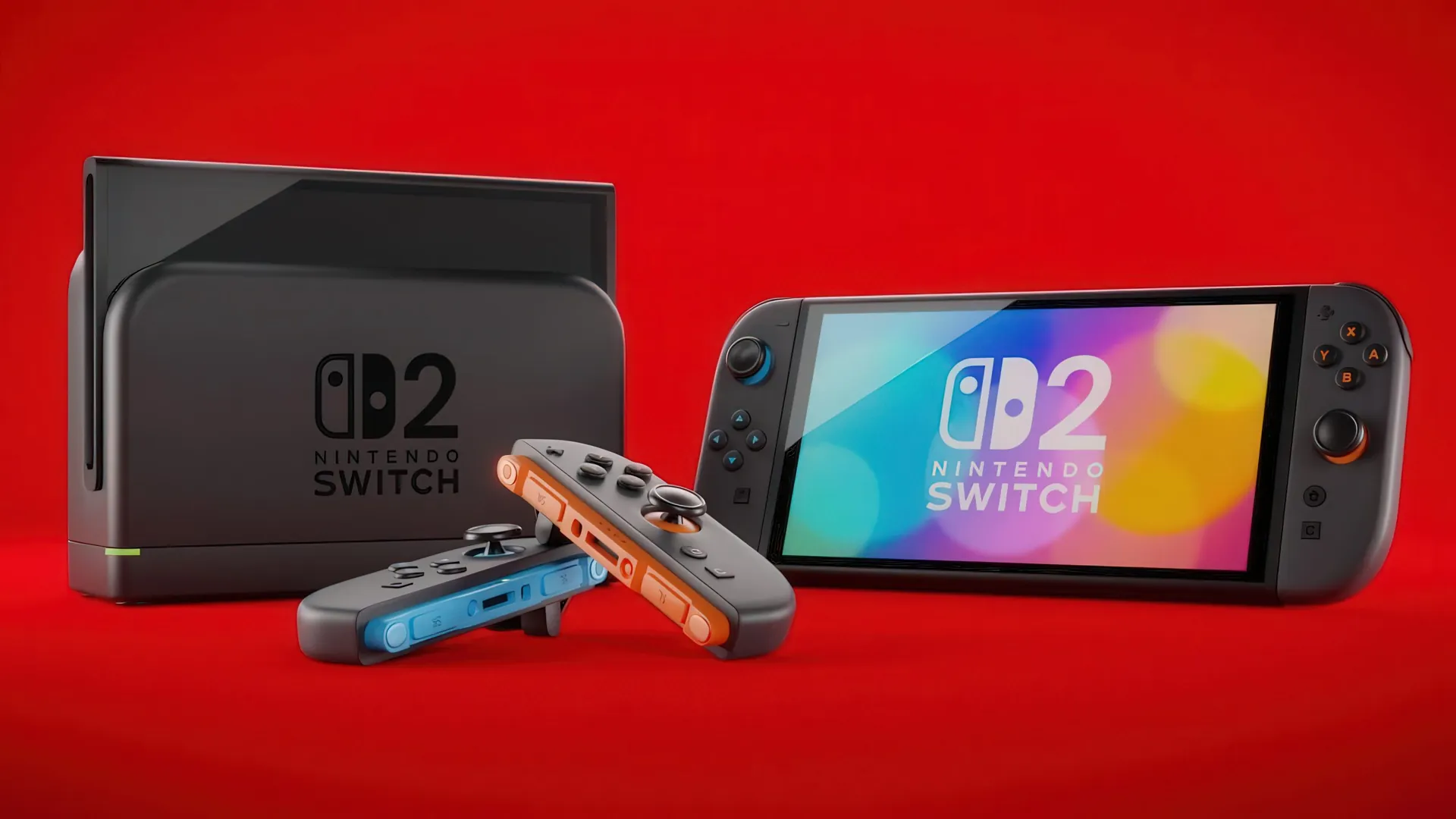If you’ve ever played a GTA — especially the classics — you know that the music is basically another character in the story. It’s part of the charm, the nostalgia, and the immersive vibe. Now, a juicy rumor suggests Rockstar could be flipping the script completely, transforming Grand Theft Auto VI into a kind of music streaming playground on its own terms. And yes, it might be more than just a hype bubble; this could be the future of how we think about game soundtracks.
The Not-So-Secret Soundtrack Revolution Coming in GTA VI?
During an episode of New Rory and Mal, Grammy winner Jermaine Dupri dropped what almost sounds like a bombshell: artists will be able to upload their music directly to an upcoming GTA game. That’s not just a playlist to select from — apparently, artists will have a way to insert unreleased tracks, making the game’s radio stations feel more like a curated, personalized experience rather than just an in-game jukebox. You know, that feeling of cruising through Vice City with a metal anthem blasting, but now… it could be a lot more customized, a lot more indie, maybe even a sort of walled-off streaming service inside the game itself.
Here’s where it gets even more interesting: Dupri also mentioned that Drake will have his own radio station. But more than that, the rapper himself might upload exclusive music — tracks that aren’t on Spotify, Apple Music, or any other streaming giant. Imagine a world where GTA VI becomes an intersection of gaming, music discovery, and artist promotion, all at once. Could we be looking at a game that does for in-game music what Spotify did for playlists? Because of course it is.
Strangely enough, the details come from Dupri’s own handle on the situation, and he admits to only “understanding” the feature — so it might still be in the realm of early testing or internal planning. Still. Rockstar has always leaned heavily on its soundtracks, but the idea of letting artists upload directly isn’t just a fun gimmick; it could radically change how music is integrated into open-world games. It’s a logical evolution. After all, the GTA series has always curated its soundtrack with remarkable care, often featuring iconic tracks or themed stations. Giving artists direct access might elevate that to a new level, making the game a living, breathing, music-centric experience.
One can’t help but think back to the nostalgic days of cruising Vice City with Iron Maiden’s “2 Minutes to Midnight,” Megadeth’s “Peace Sells,” or Ozzy’s “Bark at the Moon” pounding in the background. If Rockstar does roll with this idea, it could give players the power to craft their perfect soundtrack for exploring a stunning, hyper-detailed Miami or some other fictional metropolis. But the real game-changer? Opening the floodgates for a multitude of emerging artists, unsigned bands, and indie acts to sneak into a high-profile platform like this. That’s a win for music discovery that simply can’t be understated.
Of course, before anyone starts dreaming of a full-on streaming hub inside GTA, let’s remember: this is all still rumor. We’re not sure how the backend will work, what the limits are, or whether this will be available across all platforms at launch. Rockstar has a history of teasing big features and iterating until they find the sweet spot. What’s clear is that, given how music has been intertwined with GTA’s identity since the beginning, it’s not just playing with fire — it’s adding a whole new flame.
Grand Theft Auto VI is set to launch on May 26th, 2026 across PlayStation 5, Xbox Series X, and Series S. If these rumors hold true, players won’t just be tearing through a sprawling new city—they’ll potentially be crafting soundtracks that follow them wherever they go, blurring the lines between gaming, streaming, and music curation in ways we’ve only barely begun to imagine.



